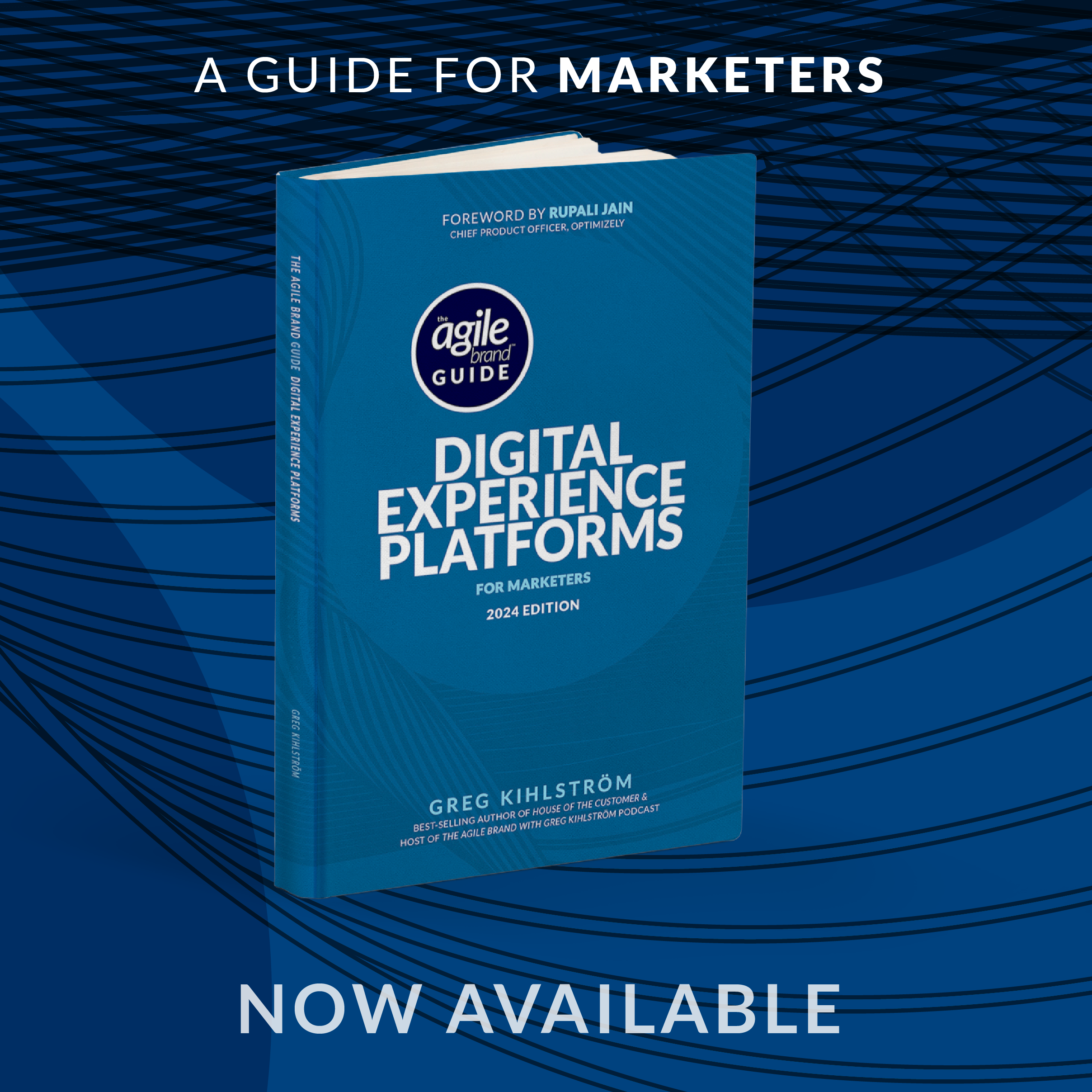This article was based on the interview with Tanvir Khan of NTT Data by Greg Kihlström, Digital Transformation keynote speaker for The Agile Brand with Greg Kihlström podcast. Listen to the original episode here:
Data has become one of the most valuable assets for organizations. However, simply collecting data is not enough to make it a strategic asset. However, data is only valuable when it is organized, usable, and easily accessible. To truly make data a strategic asset, organizations need to invest in making their data usable.
Investing in making data usable involves several key components. First and foremost, organizations need to ensure that their data is organized in a way that is easily accessible and understandable. This may involve implementing data management systems, data governance practices, and data quality measures to ensure that the data is accurate and reliable.
In addition to organizing data, organizations also need to invest in the technology and tools that enable them to analyze and derive insights from their data. This may involve implementing data analytics platforms, machine learning algorithms, and artificial intelligence tools that can help organizations make sense of their data and drive business results.
Furthermore, investing in data science talent is crucial to making data usable. Data scientists play a critical role in analyzing data, building models, and extracting insights that can help organizations make informed decisions. By hiring and upskilling data scientists, organizations can leverage their expertise to unlock the full potential of their data and turn it into a strategic asset.
Moreover, organizations need to prioritize usability when it comes to their data. This means ensuring that the data is easily accessible to all stakeholders, including decision-makers, analysts, and business users. By investing in user-friendly interfaces, dashboards, and reporting tools, organizations can empower their employees to make data-driven decisions and drive business growth.
Overall, investing in making data usable is essential for organizations to unlock the full potential of their data and turn it into a strategic asset. By prioritizing usability, investing in technology and talent, and ensuring that data is organized and accessible, organizations can harness the power of data to drive business results, gain competitive advantage, and thrive in today’s digital landscape.











